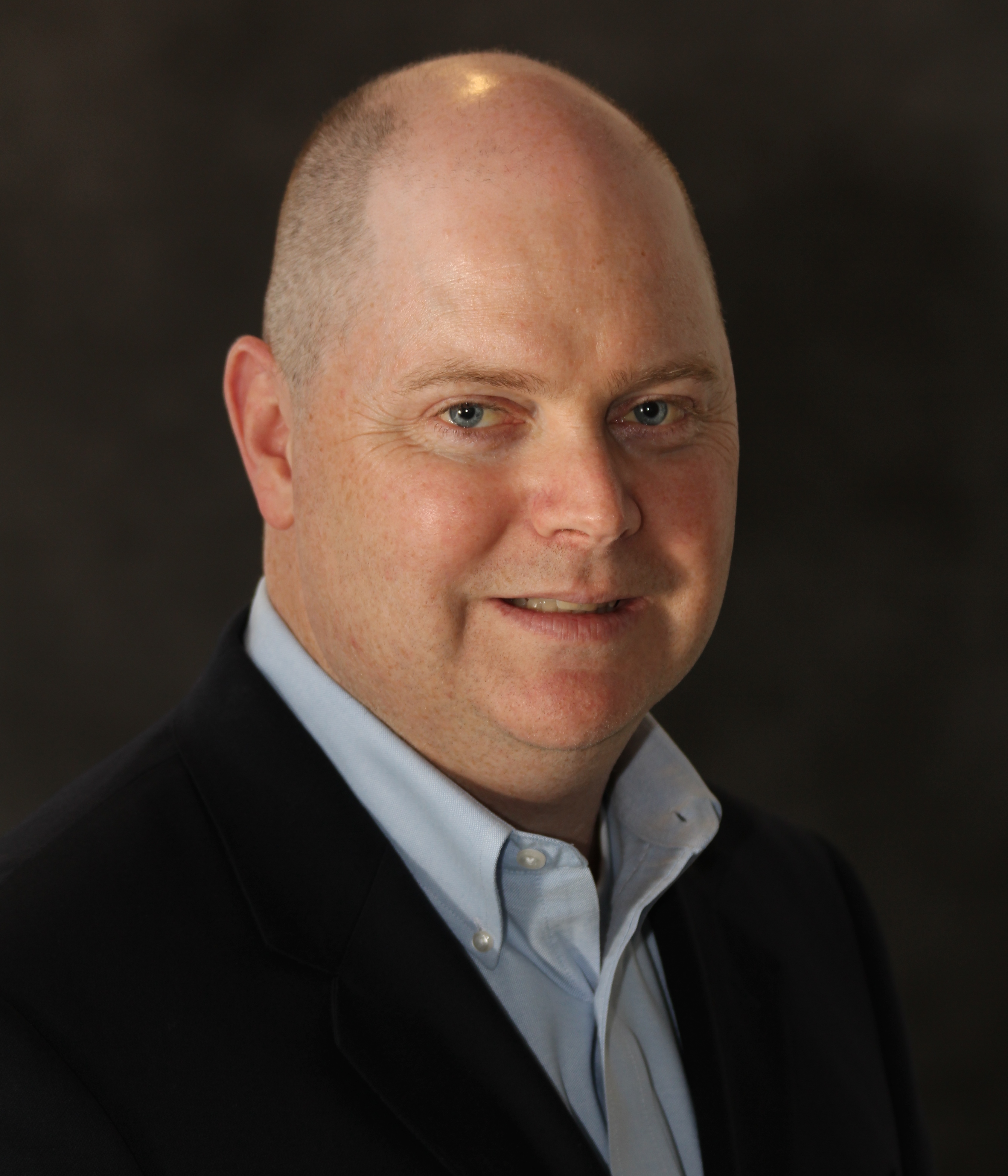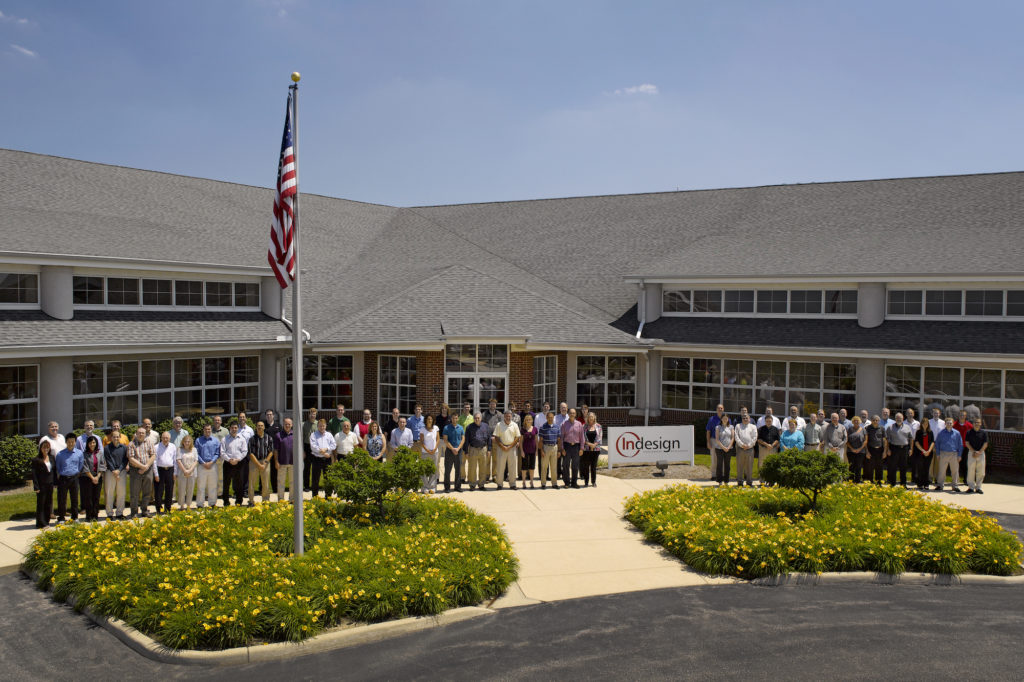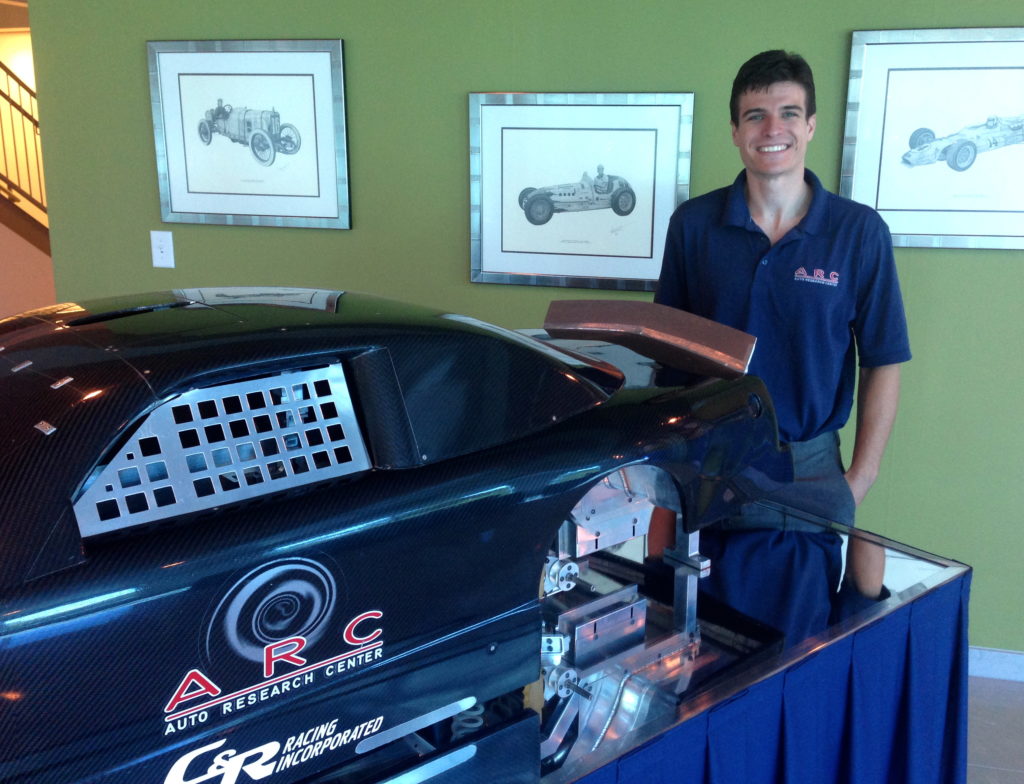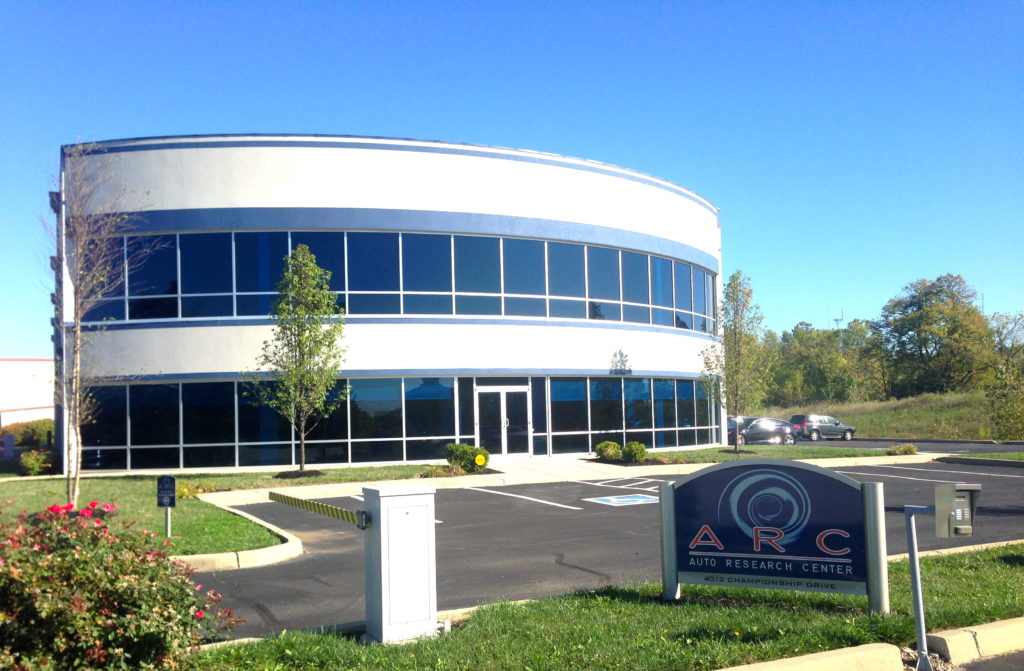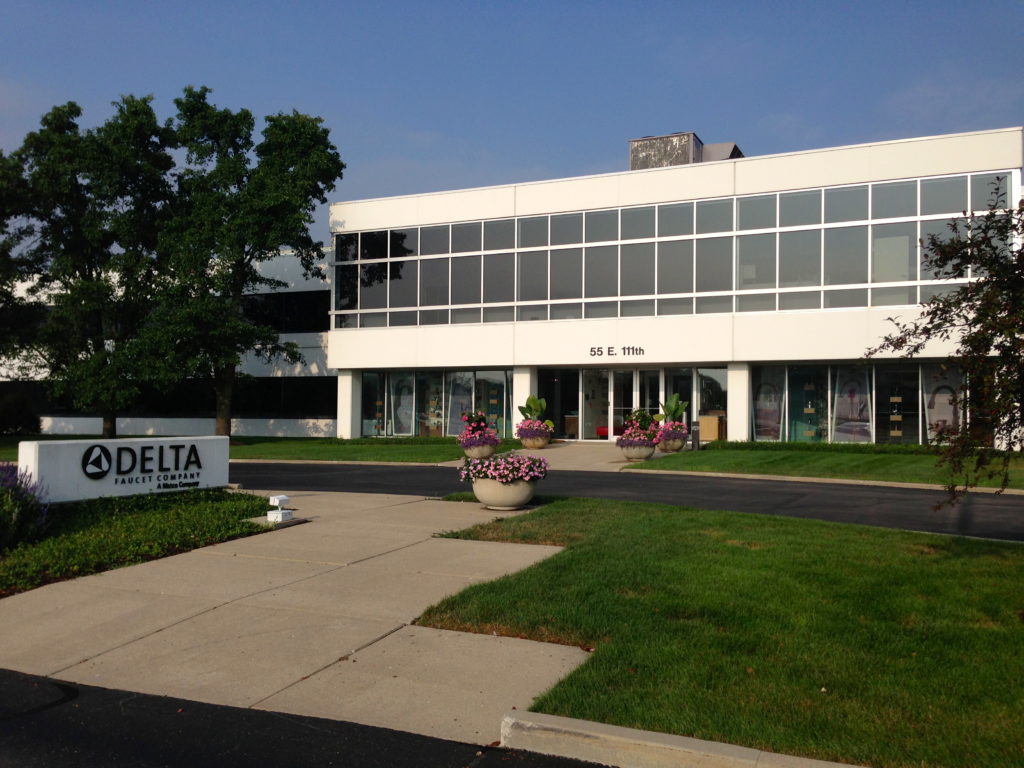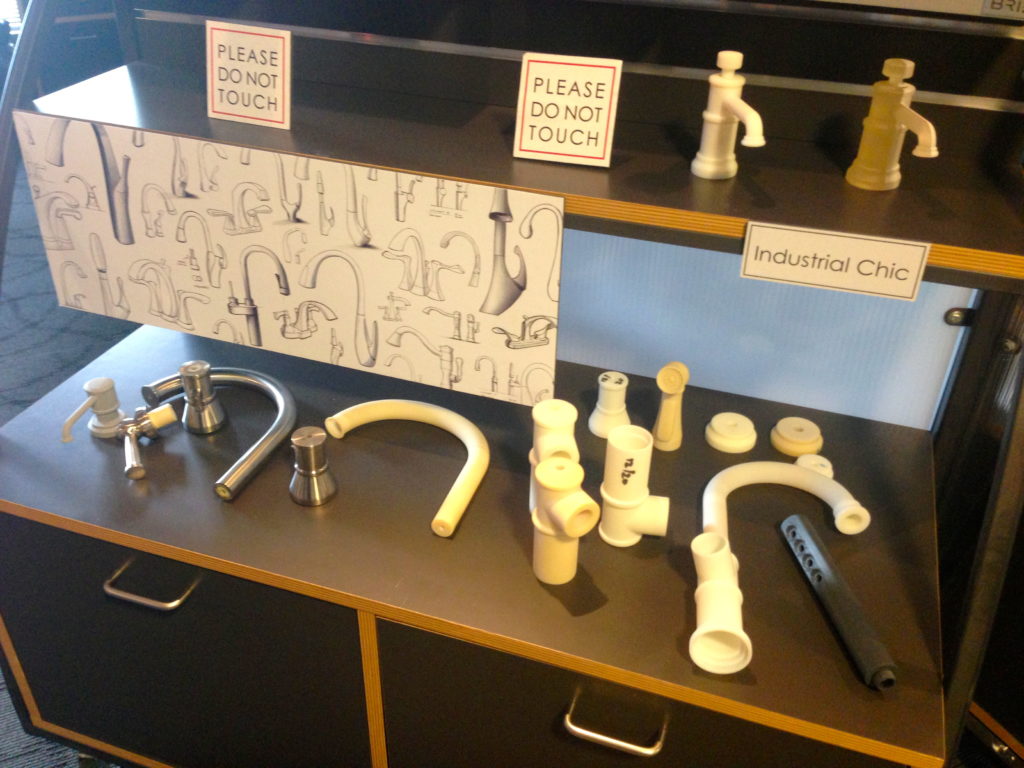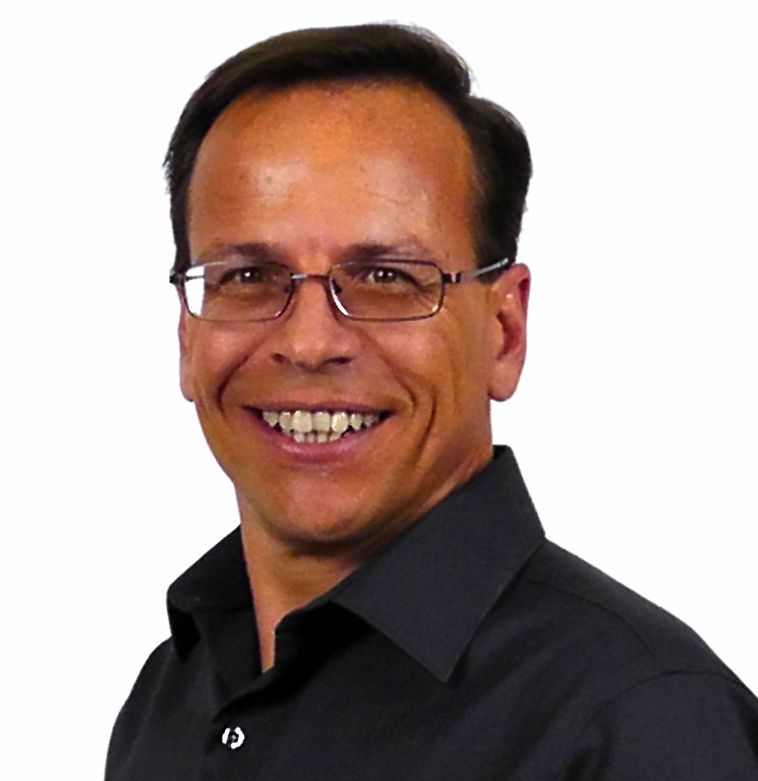 Realize, Inc is communicating with 3D Printing experts from around the globe to discuss the future of our industry. We talked with Steve Griffiths the Sales Manager at Materialise to get his take on where things are headed in the additive manufacturing world. Steve manages a team of professionals at Materialise who are selling and supporting leading software technology in the 3D Printing Industry.
Realize, Inc is communicating with 3D Printing experts from around the globe to discuss the future of our industry. We talked with Steve Griffiths the Sales Manager at Materialise to get his take on where things are headed in the additive manufacturing world. Steve manages a team of professionals at Materialise who are selling and supporting leading software technology in the 3D Printing Industry.
“3D printing is an amazing industry with great potential. It’s a great combination of the machines, materials, software and the people. I’m excited to see where it goes!”
Why has 3D Printing become the buzz word for the entire industry and do you think that is a good or bad thing?
At first I resisted the move away from Additive Manufacturing and Rapid Prototyping. But as the term 3D Printing is allowing for a more consistent conversation about the technology through the mainstream press, and as it has been embraced by the public, catching their attention in a way that the other terms didn’t, I’ve decided to get on board and go with it as well.
There has been a ‘new generation’ of users exposed to AM/RP/3DP over the past few years, along with a huge media buzz. How do you see this camp and the ‘old school’ camp coming together?
I think at first there will be lots of differences and levels of knowledge about the capabilities of 3D Printing. But as time goes on, the new generation will learn from the experienced users and in turn, the new generation will bring some fresh approaches that can inspire the ‘old guard’. What will be especially interesting is when students who are now being exposed to 3D Printing in their classrooms graduate and start putting the technology to use in ways that we can’t even dream of right now.
What challenges/opportunities do you feel service providers, like Realize, face today?
Service providers are facing lots of challenges in the industry today – with consolidations, pressure to reduce costs, and limited availability of materials probably topping the list. However, as a new generation of 3D printers are revealed, new materials are introduced to the market, and the software, such as the solutions developed here at Materialise, evolves to better answer the growing needs of the markets, we are also in an exciting time where people throughout the industry and constantly pushing the limits of what can be achieved. There are always challenges associated with emerging technologies, but it is the opportunities that make this such a great industry to be involved in.
What are some misconceptions about the capabilities of the technologies?
3D Printing is so mind-blowing to so many people that it is perfectly natural that there are misconceptions about what it can achieve – with people both underestimating as well as overestimating what is possible. For people who have only just discovered the technology and who have only seen the desktop printers now entering stores and schools, they think that it will still take years for the machines to reach a point where they can manufacture end-use parts, which has in fact already been possible for years using professional machines. On the other end of the spectrum, a common overestimation is that we are already at the point where 3D printed organs are possible and will soon be implanted in patients, which is still many years away. Instead, we should be celebrating the reality that we are already producing 3D Printed implants and have long been enabling a new level of personalized healthcare with printed medical models, virtual planning and printed surgical guides.
What are your thoughts on 3D food and clothing and all the headline grabbing stories about our Industry that are posted daily online?
Well I haven’t tasted any 3D printed food yet and I’m not sure I’m on board with that, but know that many of my colleagues are excited about the possibility. However, when it comes to fashion, I am proud to be working for a company that has been working with the designers who first brought this application of 3D printing to the public’s attention. In collaboration with Iris van Herpen, we have brought 3D Printed fashion to the Paris runways, have worked with designers for New York fashion week as well as bringing our own 3d Printed fashions shows to audiences all over the world – and of course, together with Studio XO, we saw Lady Gaga wearing a 3D printed dress for the first time with her most recent album launch.
Are there any new applications for Rapid Prototyping you feel will emerge over the next few years?
As 3D printing continues to grow, I think more and more industries will see the benefit to applying it to their processes. For example, we have already seen the realization of 3D printed insoles, surgical guides, mass customization and the production of hearing aids and as the machines, materials and software continue to improve, even more applications will start to emerge.
If you could make a prototype of anything with no care given to time or cost, what would you create?
Well I love to boat so I would love to create a customized 3D printed bimini for my boat or even to print some accessories or replacement parts for it. But I am also fascinated by all the 3D printing in the medical field, which Materialise also plays a large part in. All these advances make me optimistic that if I were ever to need a knee replacement or brain surgery or anything else, 3D printing would play a pivotal role in it.
What trends should AM business owners be looking to follow over the next century in your opinion?
I think more people will look to 3D printing for mass customization. There are definitely industries where this makes a lot of sense and also some where it doesn’t. So finding the right niche is key. Also applying 3D printing to more person specific parts or goods – like a customized steering wheel to your hands or headphones that are made for your head like a company in New York is doing.
Where do you think 3D Printing will be 50 years from now? (This is just a fun guess, futuristic question)
Wow! That seems so far off. So many things could be possible by then – organs and tissue – more cars and houses. Also I see it being more integrated and utilized with traditional manufacturing.
 3D Printing/Rapid Prototyping/Additive MFG
3D Printing/Rapid Prototyping/Additive MFG